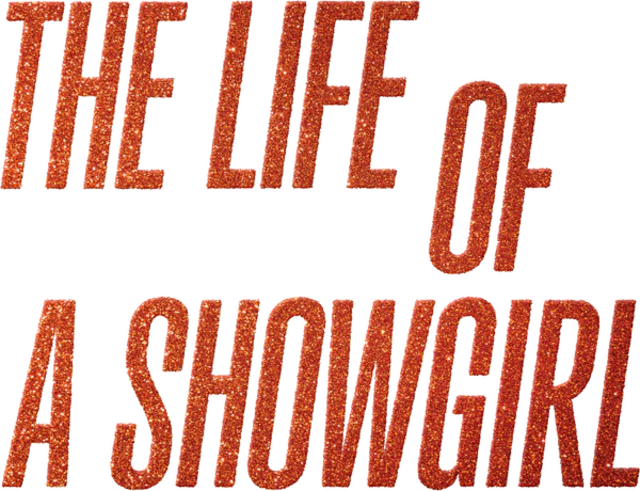Prom Dress Codes
April 27, 2018
Dress codes: since the end of time, they’ve been widely debated. Many have been criticized for sexism, since many specific components are focused on women. For example, Buford had a policy prohibiting shorts that did not reach the tip of your fingertips when your arms were by your side. Prom dress codes in particular have been known to target women in particular. Last year, the C.H.S. prom dress code had a multitude of problems, including splitting the code into sections for boys and girls. For one thing, this is sexist. For another, it unknowingly creates a loophole in that non-binary people don’t have a dress code. Also, this means that a transgender person could be punished for wearing clothes that make them feel comfortable, and it also means that a boy could be punished for wearing a dress for prom, even though it’s not against school rules. Last year’s dress code was also published a week before prom, after everyone had already gotten their dresses. Last year’s dress code was transphobic, cisnormative, and sexist. This year, the dress code’s main problem is that it’s too vague. What is an “appropriate length” for a backless dress? What counts as “excessively low-cut”? A student could get in trouble for not knowing what counts as breaking the rules. Why do we even need a dress code? Chances are, if they hadn’t posted a dress code this year, students still would’ve put together the same outfit for prom. C.H.S. students know what is appropriate and what isn’t. They don’t enforce the dress code, so why make one? It doesn’t affect people’s prom shopping in any way. It’s like the announcements they make when springtime comes around warning people to wear “appropriate attire”: they don’t do anything, and all they do is irritate people.




